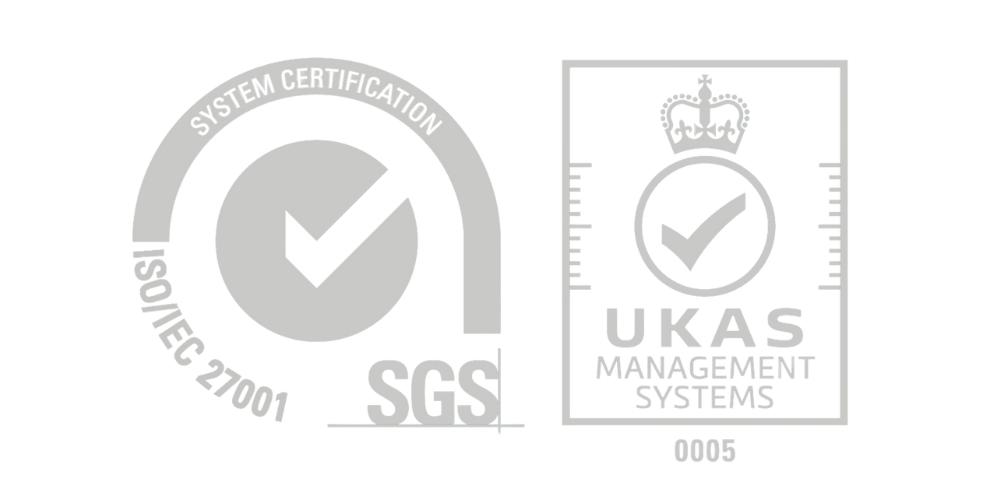
Smart Carbon Solution With
AI Guidance
Data Synchronization
Auto Report
Carbon Expert
Sustainability Intelligence
CarbonM by Cedars Digital is revolutionizing enterprise environmental management with precision carbon-tracking and AI-driven, scalable solutions for emissions reduction. Backed by our ISO/IEC 27001 certification, we ensure the highest standards of information security and data integrity as we empower organizations to meet—and exceed—their sustainability goals.
A little bit about Cedars
50M+
Carbon BOM Data
20+
Major Industries
40+
Product Categories
Trusted by 90+ international companies

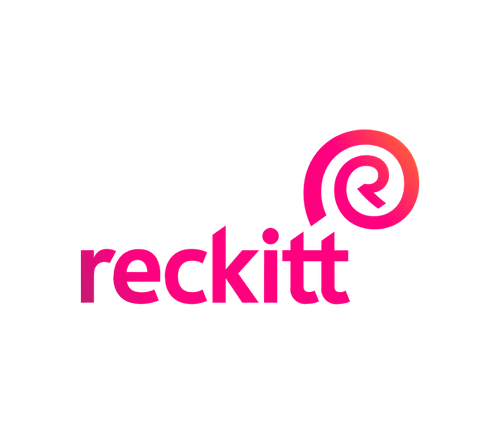
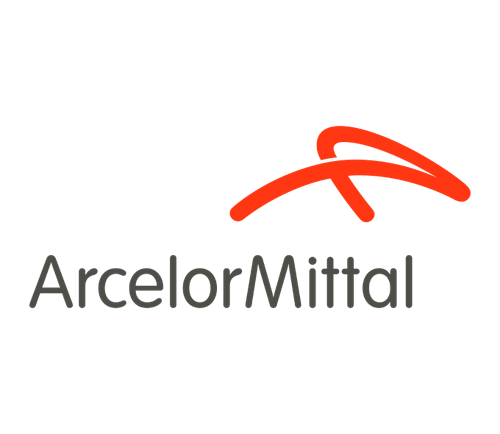

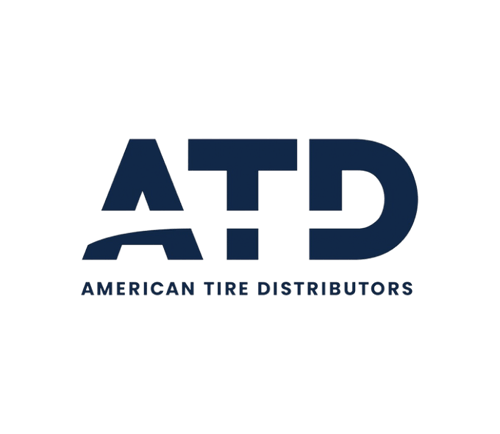
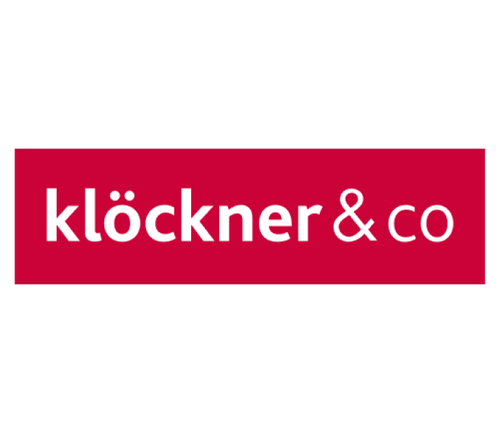
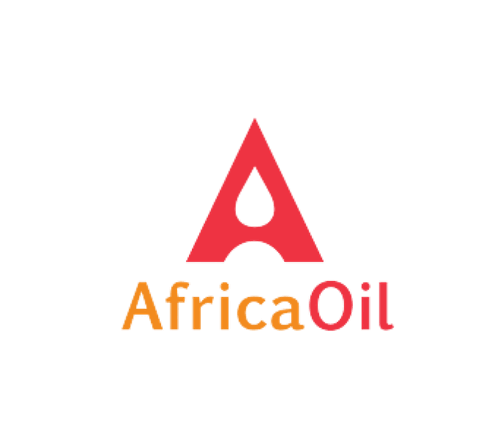

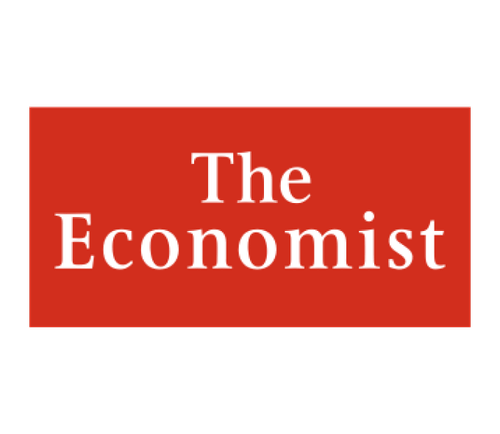



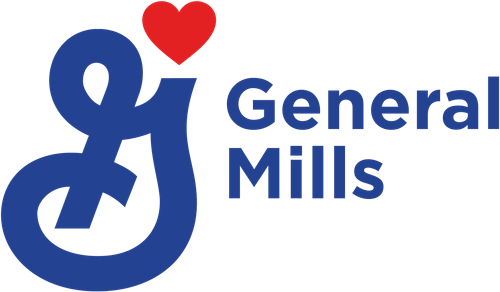

- I am Concerned About Carbon Law
- What are the potential legal repercussions of not adhering to carbon regulations?
- How can companies navigate the complexities of international carbon laws?
- What are the penalties for inaccurate carbon reporting?
- I am Concerned About Manpower for Carbon
- How can companies ensure they have enough skilled personnel for carbon management?
- What training programs are necessary to educate employees about carbon footprint reduction?
- How can companies manage the additional workload of carbon data collection?
- I Am Concerned About ESG Operations
- How can companies integrate carbon management into their branding strategy?
- What are the financial impacts of implementing comprehensive carbon management systems?
- How can companies ensure continuous improvement in their carbon management practices?
Unlock Enterprise Sustainability
Latest & Coming Events

Cedars Digital Achieves ISO 27001:2022 Certification, Safeguarding Clients’ Carbon-Management Data with Dedication
Cedars Digital has officially obtained ISO 27001:2022 Information Security Management System certification, showcasing the company’s long-standing commitment to information security.
執行長-左、國立臺灣師範大學陳焜銘副校長右.jpg)
Education x Technology x Net Zero! NTNU teams up with Cedars Digital to create a new base for green collar talent cultivation in carbon management in the Asia-Pacific region.
Torrent Chin, CEO of Cedars Digital (left), and Dr. Kun-Ming Chen, Vice President of National Taiwan Normal University (right). Group
Are you ready for what's coming?
Less than 10% of Asia companies complete their carbon foot verification, and less than 5% of them are using smart method to build their own database.
“Why Are Some Companies Ready for Carbon Tax? They’ve Prioritized Carbon Verification.”
Begin your path to reducing corporate emissions now.
Measure
Construct your corporate carbon footprint and scrutinize emissions hotspots using carbon BOM data.
Report
Effortlessly create audit-ready reports tailored to your export standards and international guidelines.
Target
Set up an internal database that follows industry standards and establish clear emissions reduction goals for your entire value chain.
Decarbonize
Launch sustainability initiatives that align with your business forecasts for immediate impact.
Auto comply with international standards and regulations [Coming Soon]
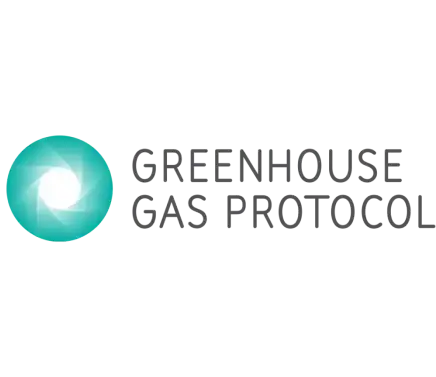
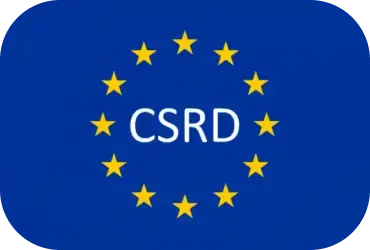
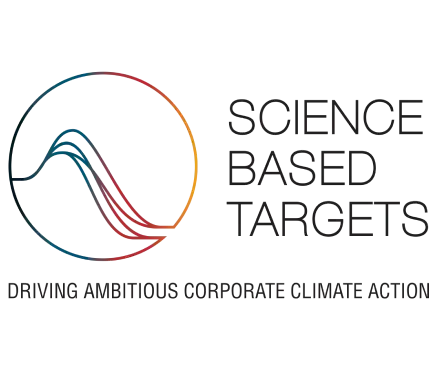

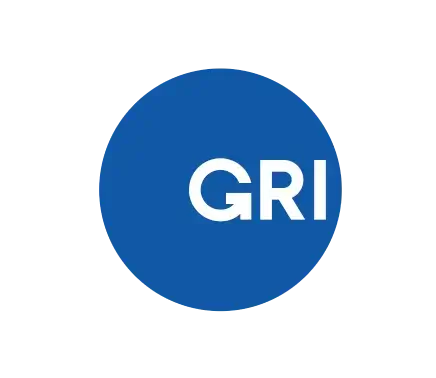

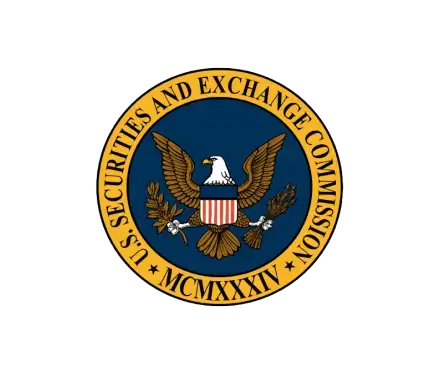
Carbon Insight

What Is the Greenhouse Gas Protocol? (GHG Protocol)
The Greenhouse Gas Protocol (GHG Protocol) is a globally acknowledged standard for measuring, managing, and reporting greenhouse gas emissions. Originally established in 1990 in response to a growing demand for a consistent framework, it now serves as the cornerstone for climate action worldwide.

What’s CBAM? Unveiling the European Union’s Carbon Border Adjustment Mechanism
The Carbon Border Adjustment Mechanism (CBAM) is a groundbreaking policy initiative by the European Union (EU) aimed at reducing carbon leakage and promoting a level playing field in the global market. It is a key component of the EU’s European Green Deal and the Fit for 55 package, which seeks to cut greenhouse gas emissions by at least 55% by 2030 compared to 1990 levels.

CBAM and the EU Emissions Trading System: A Synchronized Approach
The Carbon Border Adjustment Mechanism (CBAM) and the EU Emissions Trading System (ETS) are two pivotal components of the European Union’s strategy to combat climate change. While both mechanisms aim to reduce greenhouse gas emissions, they operate in complementary ways to ensure a holistic and effective approach to carbon pricing.

Understanding Scope 1, 2, and 3 Emissions: A Comprehensive Guide
Learn the basics of Scope 1, 2, and 3 emissions and discover how to accurately calculate your carbon footprint with our comprehensive guide—covering definitions, calculation methodologies, frameworks, limitations, and current trends in carbon accounting

Mastering Carbon Footprint Measurement: A Guide for Businesses
In an era where sustainability is no longer optional but imperative, understanding and managing your business’s carbon footprint is crucial. A carbon footprint represents the total greenhouse gas (GHG) emissions caused by an organization, expressed as a carbon dioxide equivalent (CO2e).

What’s CSRD? Exploring the Corporate Sustainability Reporting Directive
The Corporate Sustainability Reporting Directive (CSRD) is an EU legislation that significantly expands the existing sustainability reporting requirements for companies. It builds on the Non-Financial Reporting Directive (NFRD) and aims to provide stakeholders with more reliable and comparable sustainability information.

Understanding Scope 1, 2, and 3 Emissions: A Comprehensive Guide
Learn the basics of Scope 1, 2, and 3 emissions and discover how to accurately calculate your carbon footprint with our comprehensive guide—covering definitions, calculation methodologies, frameworks, limitations, and current trends in carbon accounting

Unlocking Carbon Negativity: A Comprehensive Guide for Businesses and Individuals
In the quest for environmental sustainability, the terms ‘carbon neutral’ and ‘carbon negative’ have become increasingly prominent. But what does it mean to be carbon negative, and is it an achievable goal?

Mastering Carbon Footprint Measurement: A Guide for Businesses
In an era where sustainability is no longer optional but imperative, understanding and managing your business’s carbon footprint is crucial. A carbon footprint represents the total greenhouse gas (GHG) emissions caused by an organization, expressed as a carbon dioxide equivalent (CO2e).

What’s CSRD? Exploring the Corporate Sustainability Reporting Directive
The Corporate Sustainability Reporting Directive (CSRD) is an EU legislation that significantly expands the existing sustainability reporting requirements for companies. It builds on the Non-Financial Reporting Directive (NFRD) and aims to provide stakeholders with more reliable and comparable sustainability information.

Carbon Emissions in the Atmosphere and the Methods of Abating Emissions
Emissions abatement refers to the process of reducing the amount of greenhouse gases (GHGs) released into the atmosphere. The goal is to mitigate the environmental impact of these emissions, which are a major contributor to climate change.

Understanding SBTi: What It Means for Business Sustainability?
Discover how SBTi provides a science-based framework for setting emission targets that drive sustainability and compliance, why it is essential for business sustainability, and how global corporations are implementing these targets while facing real-world challenges.

